KEY_EN connect to MCU as push input.
With 100 nF capacitor, the MCU will crash after some pushes.
Without 100 nF cpacitor, everything is OK.
The MCU is Nordic 52832
After inserting the battery, long press SW1 3s POW_KEY to pull down Q1 and turn on, and the VCC3V3 output system is powered on. POW_EN, KEY_EN output high level, short press SW1 to switch PWM output mode, long press for 3s to shut down POW_EN low, the whole system is powered down.



